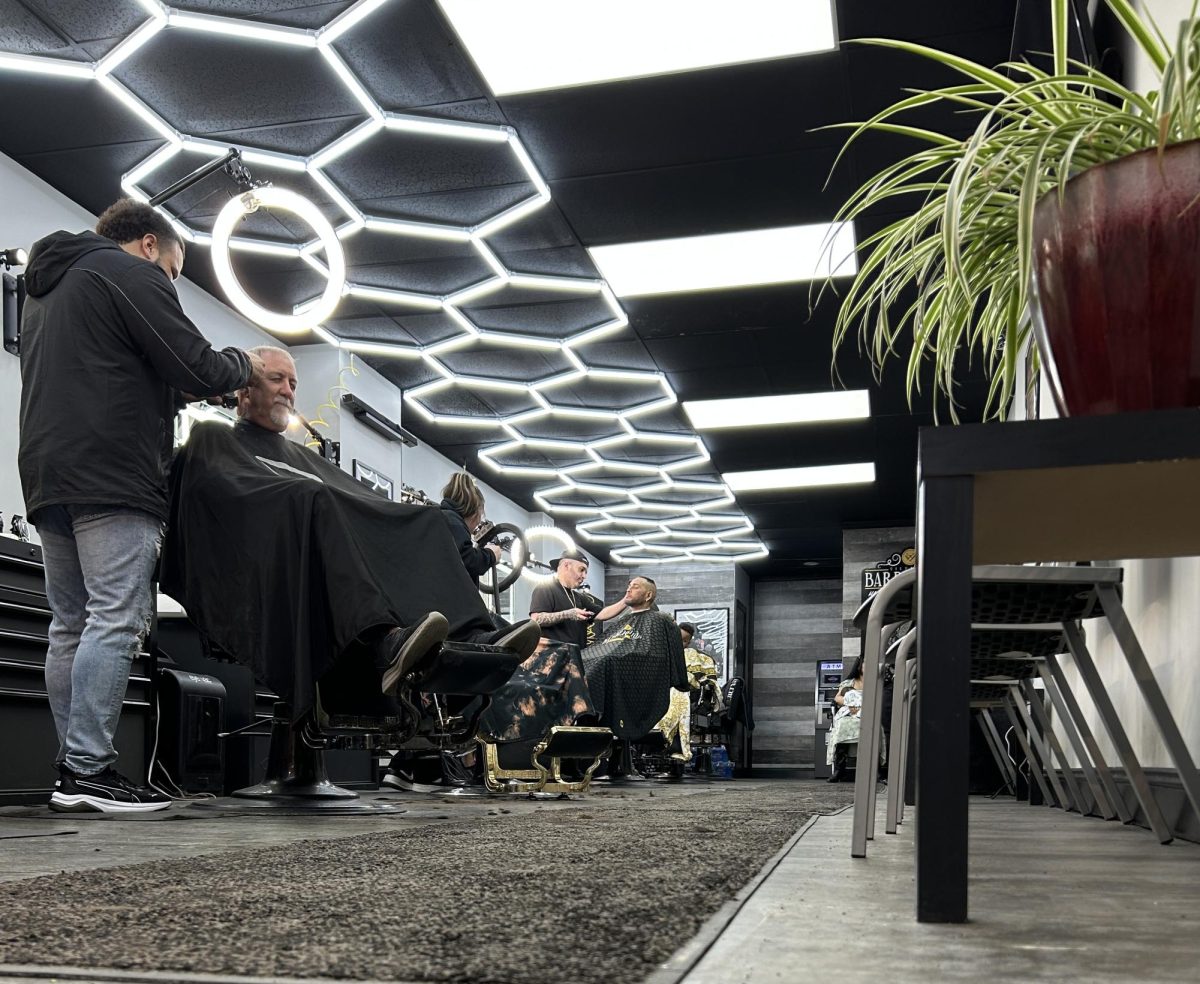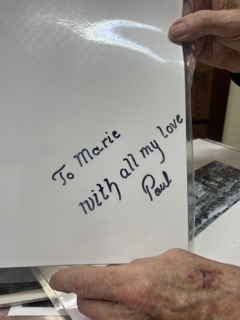
By Kari Ashworth, Lauryn Jodush, Socrates Maura and Maricruz Reyes
With the recent Centers for Disease Control and Prevention (CDC) report about the health outbreak associated with vaping, Gov. Andrew Cuomo banned flavored e-cigarettes. Vapor World is one local business feeling the effects of the ban and has a two week grace period to dispose of their products.
As of now, business is still doing well, but co-owner Matt Butler worries about the future.
“Right now, [the ban has] positively impacted

my business,” Butler explained. “But that’s only a short-term solution. Everyone is buying, you know, three, six, nine months; some people are buying 12 months worth of supplies. So, in the interim, yeah, my business is booming right now, but it will majorly suffer once they no longer have access to that. Flavor e-cigs, whether it’s liquid or the pre-filled pods, are about 80 to 90% of my business.”
According to the CDC, high levels of the chemical vitamin E acetate were found in nearly all cannabis-containing vaping products that were analyzed as part of the investigation. Butler explained that people should be careful when using the word “vaping” in regards to the illnesses, as it is not entirely accurate.
“So far, even the New York Department of Health and CDC have come out that they have not linked any case directly to vaping nicotine,” Butler said. “Now we gotta be careful with the term vaping because the media is using it just as a general catch all. And it’s true, You know, it is still vaping… and all the cases in New York have been linked to black market THC cartridges. More specifically, a lot of cases, whoever’s making them, or doctoring [the cartridges] after they’re made, is adding an oil, and they’re called vitamin E acetate. And that is what’s causing a majority of these lung illnesses throughout the US.”
Thomas Greenwald, 31, began vaping as a way to stop smoking cigarettes. He agreed that the products in question seem to be counterfeit.

“So because I, you know, dig a little deeper than what the news puts in front of me, you know, because it’s always wise to do that, you will find that the actual research — when it comes to these folks that are getting sick — is unanimous that they all use a counterfeit cannabis, the smoking device, right?” Greenwald said. “It’s this specific, bought off the streets, ‘black market’ or unofficial [products]. They’re not from a dispensary… and nothing to do with the actual vape itself, or the regular vape products that I consume.”
Greenwald also argued that the ban is more about politics than a real concern for public health.
“I don’t know how many hundreds of thousands of people die a year from cigarettes and no one’s batting an eye, but six people are sick… and now we’re on a witch hunt,” Greenwald said. “It’s just too obvious to me. When you look at big pharma, big tobacco, it’s just too obvious who’s in charge of these decisions right now.”
The CDC launched a multi-state investigation into the deaths on the same week the ban was announced after manufacturing and chemical concerns questioned the quality of available products.
“There’s some glass particles that they’re finding in some of the x-rays, but they haven’t really found one, or any one, product that’s causing it,” said Lynne Maier, a registered nurse clinic coordinator at the Student Health Center at The College at Brockport. “It seems like the government doesn’t know enough about it.”

Despite this, Maier says that there’s still confusion within the New York Department of Health and the CDC regarding information provided to the public.
“We just have to be careful that we’re making sure we’re putting out good information, and our goal is not to cause fear or panic in the population, but just to give information because it’s important,” Maier said. “Everybody should have the same information and accurate information, knowledge is power.”
Butler said that none of his products contain vitamin E acetate and was adamant that the “industry as a whole has been pretty decent at self-regulating.” Back in 2013 and 2014, the industry discovered that the ingredients in the e-cigarettes could cause popcorn lung, which dates back to people working in popcorn butter factories.
“The industry caught on to that and removed it,” Butler said. “Our flavor manufacturers caught on and said ‘we need to go back and make sure we remove it.’ You know, we’ve sent our liquids out for testing shortly after to see if there was anything diacetyl in it. [There were] not any detectable amounts in any other liquids we sent. So we’ve done a good job as an industry of self-regulating where we can we know that if you’re going to make something, you don’t make it oil-based; it has to be water soluble. There’s certain ingredients in these flavorings that can harm you lung-wise. And that’s what’s happening right now.”
Despite New York’s ban, the CDC has been unable to directly link the lung illnesses to vaping. On Oct. 3, a judge placed a temporary hold on the ban amid pending litigation, with both parties due back in court Oct. 18.




























